The Lifecycle of Confidential Documents | When Shredding Isn’t Enough
The Lifecycle of Confidential Documents | When Shredding Isn’t Enough
Every business handles confidential information daily—from client files and contracts to employee records and financial reports. While many companies focus on secure shredding at the end of a document’s life, the truth is that protecting sensitive data starts much earlier. Shredding is an essential part of data security, but it’s only one stage in the full lifecycle of confidential documents.
To truly safeguard your organization’s information, you need to manage these materials responsibly from creation to destruction.
Understanding the Document Lifecycle
The document lifecycle describes every phase a document goes through—from the moment it’s created until it’s securely destroyed. Each stage poses its own risks and requires proper management practices to prevent data leaks or compliance violations.
A typical confidential document passes through five main stages:
- Creation
- Use and Distribution
- Storage and Retention
- Archiving
- Destruction
Let’s take a closer look at each of these stages and what businesses should do to protect sensitive information along the way.
1. Creation: The Starting Point of Data Responsibility
Confidentiality begins the moment a document is created. Whether it’s a digital file, printed report, or signed contract, the document should be classified appropriately from the start.
Best practices for secure creation include:
- Clearly labeling documents as “Confidential” when they contain sensitive information.
- Using secure, access-controlled systems for document creation and storage.
- Avoiding the use of personal devices or unsecured cloud storage for company documents.
Setting security protocols early helps employees understand the importance of data protection and reduces the chance of accidental exposure later.
2. Use and Distribution: Controlling Access
Once a document is in use, controlling who can access it becomes critical. Unauthorized viewing, sharing, or copying can quickly compromise confidential data.
Tips for secure handling during use:
- Limit access to only those who need the information.
- Implement password protection and encryption for digital files.
- Use secure printing solutions that require authentication before printing.
- Avoid sending sensitive data over unsecured channels like personal email or messaging apps.
According to Verizon’s 2024 Data Breach Investigations Report, 74% of data breaches involve human error or misuse of credentials. Proper training and access control can drastically reduce these risks.
3. Storage and Retention: Keeping What’s Necessary
After documents are used, they’re often stored for future reference or compliance reasons. This stage is where many businesses unintentionally create vulnerabilities. Storing too much information or keeping it for too long increases exposure to theft, misuse, and regulatory non-compliance.
Effective storage practices include:
- Following a clear retention policy that defines how long each type of document must be kept.
- Using locked cabinets or restricted-access digital archives for sensitive data.
- Regularly auditing stored records to ensure they’re still needed.
- Separating outdated files from active ones to avoid confusion and accidental exposure.
4. Archiving: Managing Long-Term Records
Some documents need to be kept for extended periods—such as tax filings, employment contracts, or legal agreements. Archiving these materials requires extra care, especially if they contain confidential information.
Secure archiving involves:
- Using professional storage systems designed for long-term protection.
- Digitizing older paper records for easier management and retrieval.
- Applying encryption and backup measures for digital archives.
- Monitoring who accesses archived data and why.
Archiving isn’t just about storage—it’s about maintaining accessibility and protection simultaneously.
5. Destruction: When Shredding Isn’t Enough
Eventually, every document reaches the end of its useful life. At this stage, destruction is necessary to prevent unauthorized access. While shredding is an effective way to destroy paper records, it’s important to remember that not all sensitive information exists on paper.
Modern businesses store data across a variety of media, including:
- CDs and DVDs
- USB drives
- External hard drives
- Backup tapes and memory cards
Simply discarding or deleting these items isn’t enough. Even after “deletion,” data can often be recovered using specialized tools. This is why secure media destruction has become a critical part of modern data protection strategies.
Professional media shredding ensures that storage devices are physically destroyed, making data recovery impossible. This step is especially important for organizations subject to strict data privacy regulations like HIPAA, FACTA, or the GDPR.
Why a Holistic Approach Matters
Focusing only on shredding at the end of a document’s lifecycle overlooks the risks present in earlier stages. Information can be compromised at any point—through improper sharing, insecure storage, or careless disposal. By managing data responsibly from creation to destruction, your organization can:
- Strengthen overall information security
- Maintain compliance with federal and industry regulations
- Reduce the likelihood of costly data breaches
- Protect the trust of clients, employees, and partners
Building a Complete Data Security Framework
To protect confidential information at every stage, consider these key actions:
- Develop clear policies: Establish document handling, storage, and destruction procedures company-wide.
- Train employees: Regularly educate staff on how to recognize and manage confidential data.
- Conduct audits: Schedule routine reviews of data management practices to identify and fix weak points.
- Partner with professionals: Use certified shredding and media destruction services to ensure compliance and accountability.
The Role of Certified Destruction Services
Even the most organized businesses benefit from working with a trusted shredding provider. Certified destruction companies follow strict chain-of-custody protocols and issue Certificates of Destruction for every service, providing peace of mind that data has been completely destroyed.
Data Shredder Corporation specializes in secure document and media destruction services that help businesses close the data lifecycle responsibly. Their team ensures your sensitive materials are destroyed beyond recovery and recycled in compliance with environmental standards.
Key Takeaways
- Shredding is an essential part of the document lifecycle, but it’s not the only step.
- Confidential data must be protected from creation to destruction.
- Secure storage, controlled access, and professional destruction all play vital roles.
- Partnering with a certified provider ensures compliance and peace of mind.
Conclusion
The lifecycle of confidential documents doesn’t end when they’re shredded—it begins long before that and continues until the data is completely unrecoverable. Every stage requires careful attention to ensure privacy, compliance, and security.
By taking a proactive, full-lifecycle approach to document and media management, businesses can protect sensitive information and build a stronger foundation for data security.
Ready to strengthen your organization’s data protection strategy? Learn more about secure document and media destruction services from
Data Shredder Corporation at https://www.datashredder.net/.

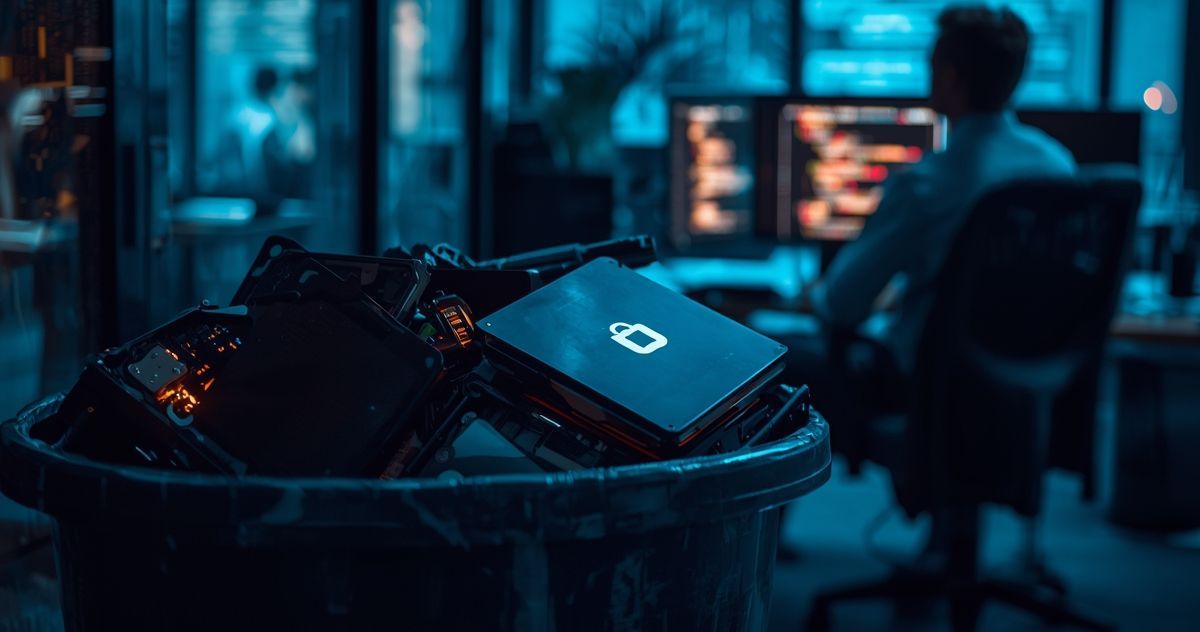



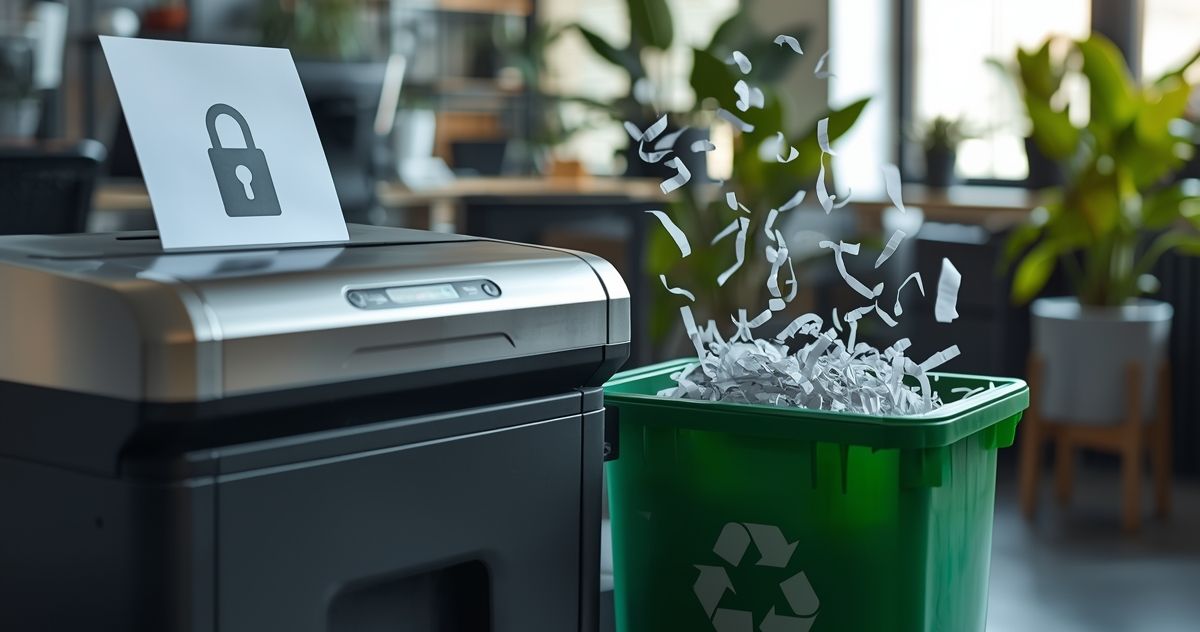
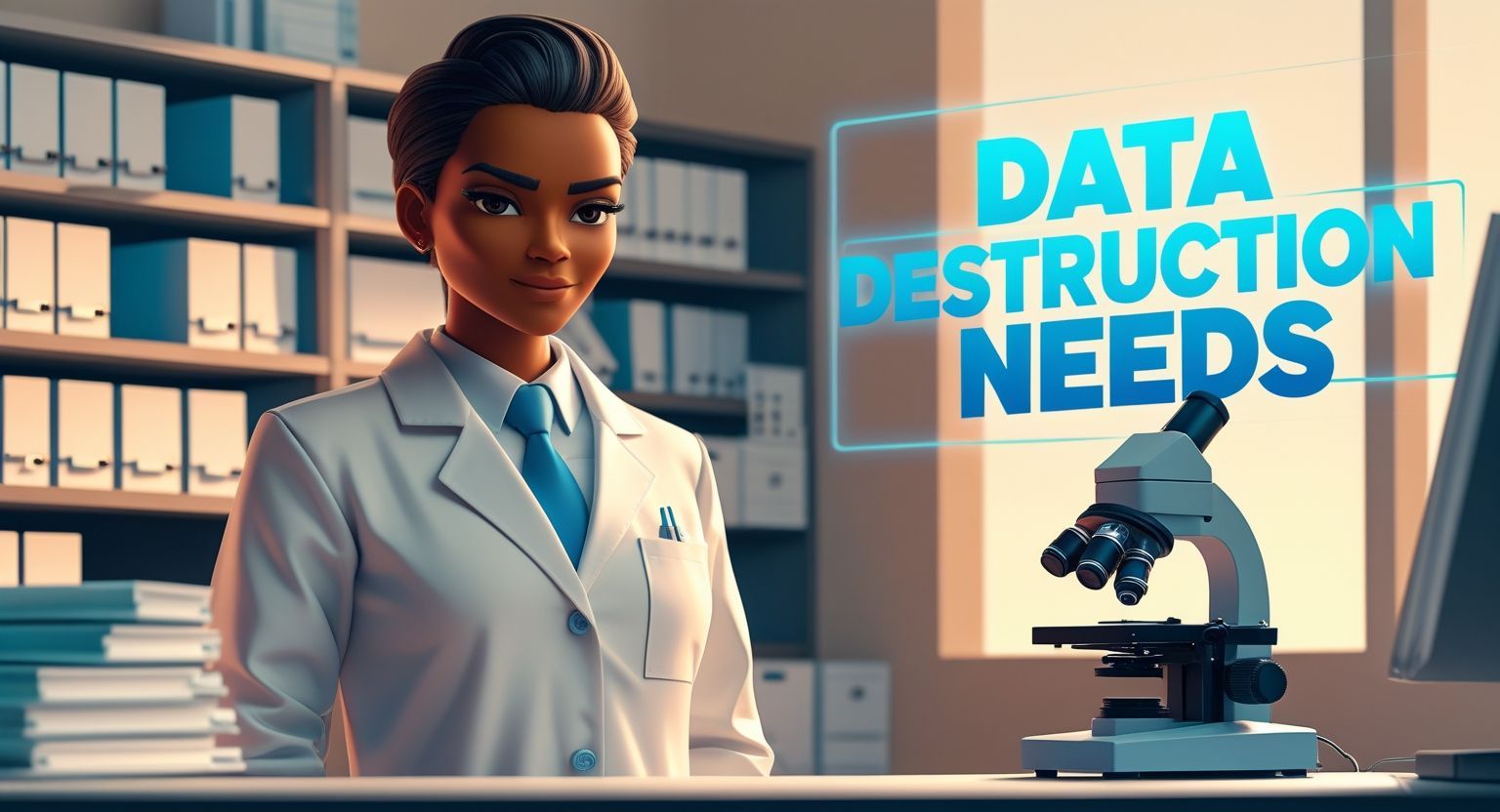
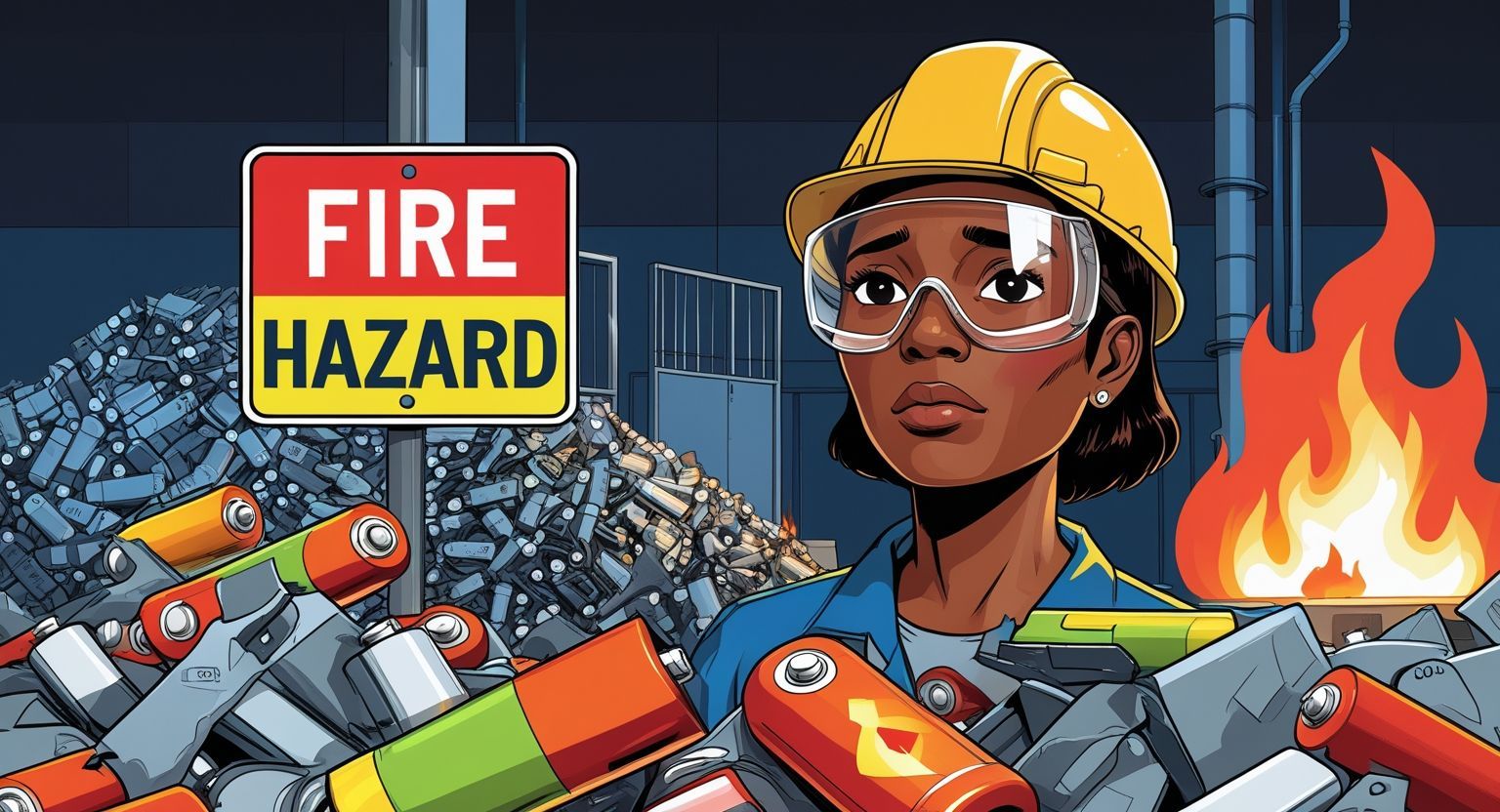

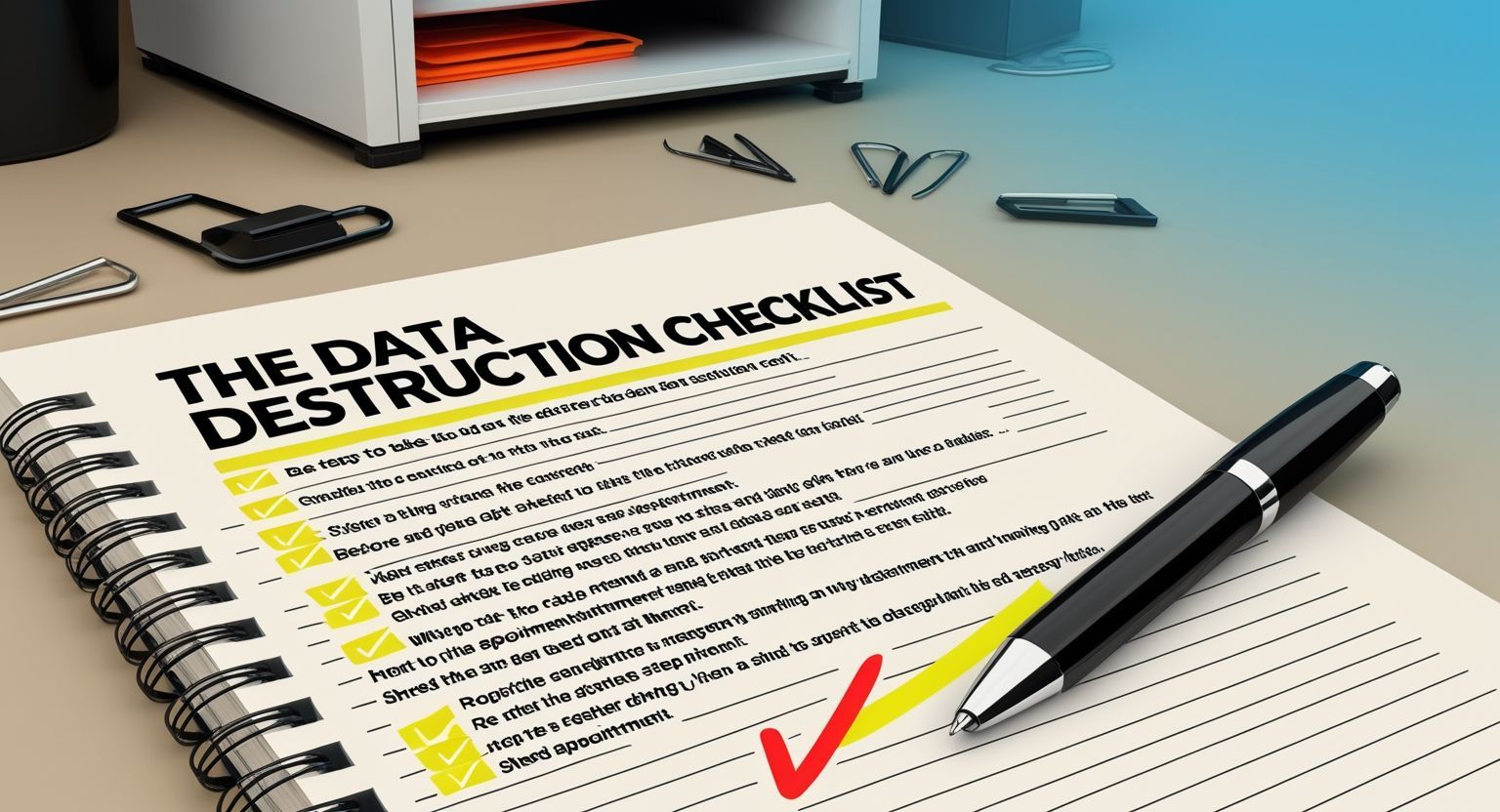
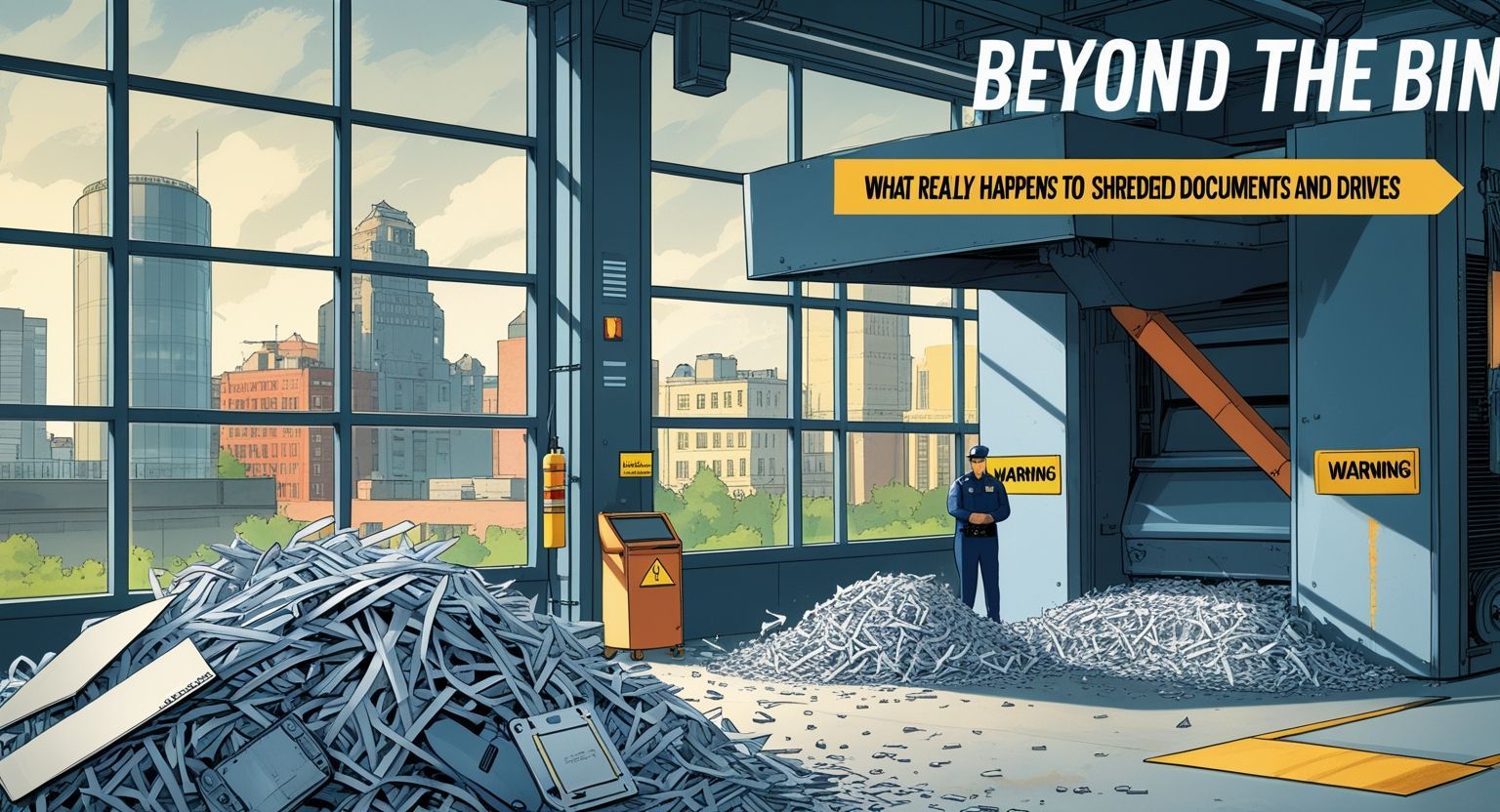
Share On: